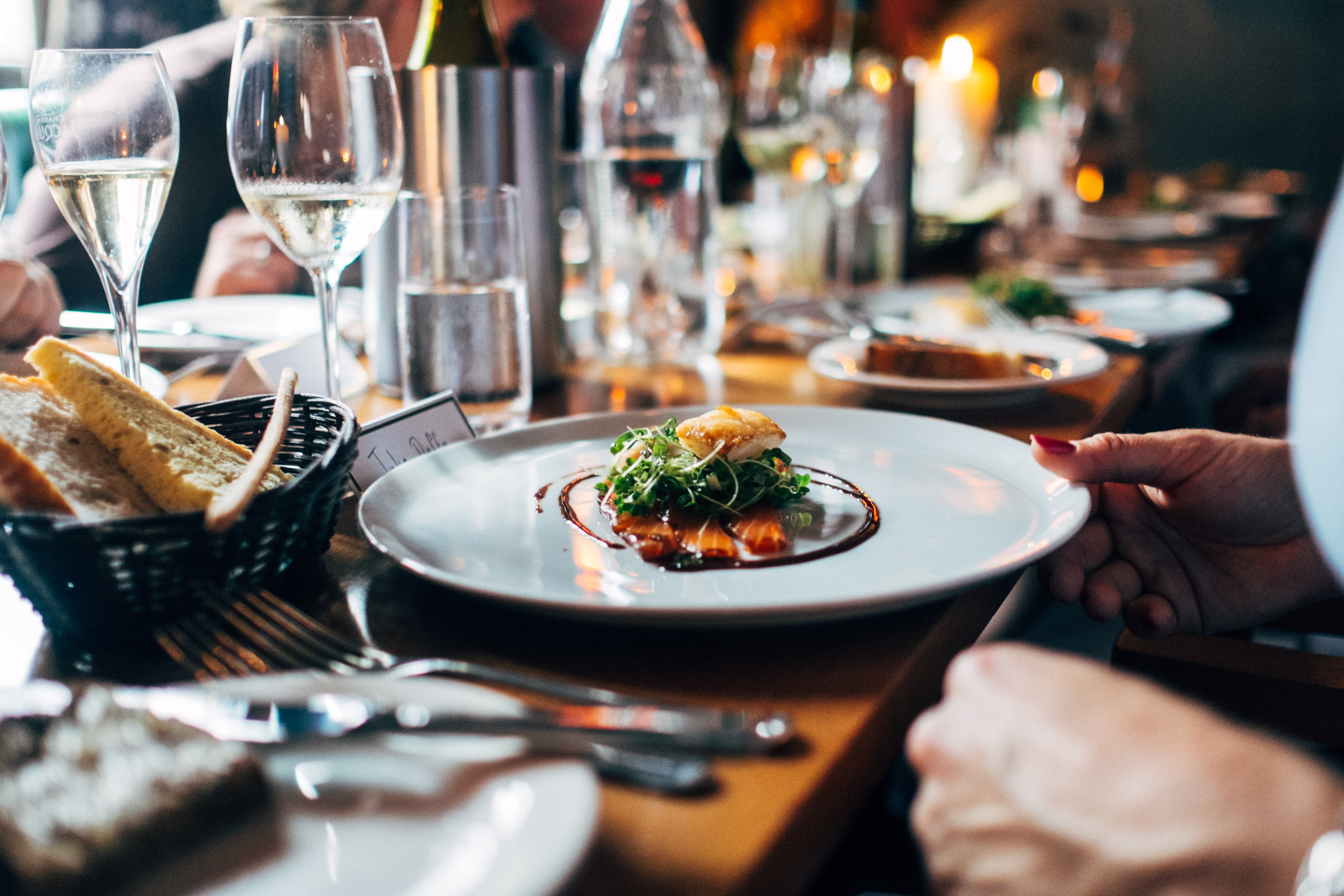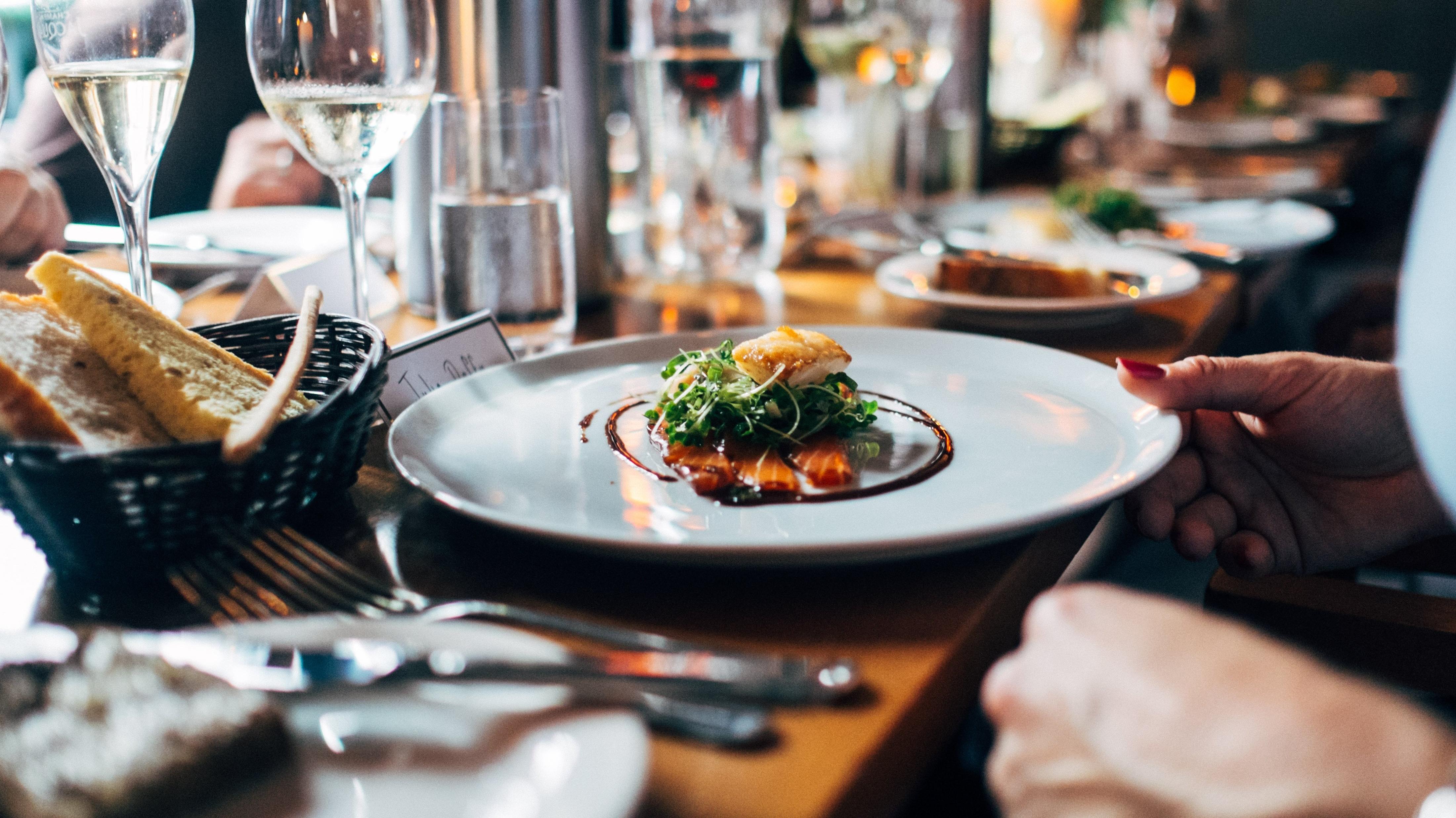Sustainable cuisine is a concept that has emerged in contemporary cuisine with the definition of bringing food service into more harmony with nature and minimizing the harmful effects of the food production industry on the environment in the face of stressful climate change.
Restaurants Embrace Sustainable Cuisine
Restaurants pursuing sustainable cuisine face challenges ranging from the environment and practices to issues related to supply stability and costs. However, this is a unique opportunity for any restaurant to become a trendsetter, creating and leading a movement with positive impact.

Restaurants that embrace sustainable culinary trends are often favored by many diners.
Many restaurants have cleverly grasped this trend. They have carried out many experiments such as growing their own vegetables, tubers, and fruits in their gardens, and contacting farms to raise livestock and poultry. This “self-sufficiency” is a closed process that helps restaurants control food quality and have more freedom in preparing supplies. What they have to face are crop and productivity issues, not prices or “missed shipments” like when they used to import food sources.

Getting into sustainable culinary practice requires a lot of skill and dedication.
However, in addition to the factor of self-sufficiency, restaurants need to make more efforts if they want to follow this trend. Sometimes, it is not necessary to create products themselves, they can also use available local ingredients, or local specialties that are often overlooked.
Using seasonal, local ingredients is much more beneficial because local foods are often harmonious and have nutritional values suitable for the people living there. Instead of long-distance shipments halfway around the world, instead of expensive imported items that increase costs and fluctuate in supply, developing sustainable trends makes this industry much less wasteful and cumbersome.
Is sustainable practice difficult or easy?
A real-life example of this sustainable culinary model is the three-Michelin-starred restaurant Noma in Denmark. This restaurant has also won the “World’s Best Restaurant” award for many consecutive years by The World’s Best 50. This restaurant also has a Vietnamese chef.
Noma is self-sufficient in food and will be closing permanently in 2024. This is sad news for the F&B industry because the positive impact of this restaurant is worth learning more about.
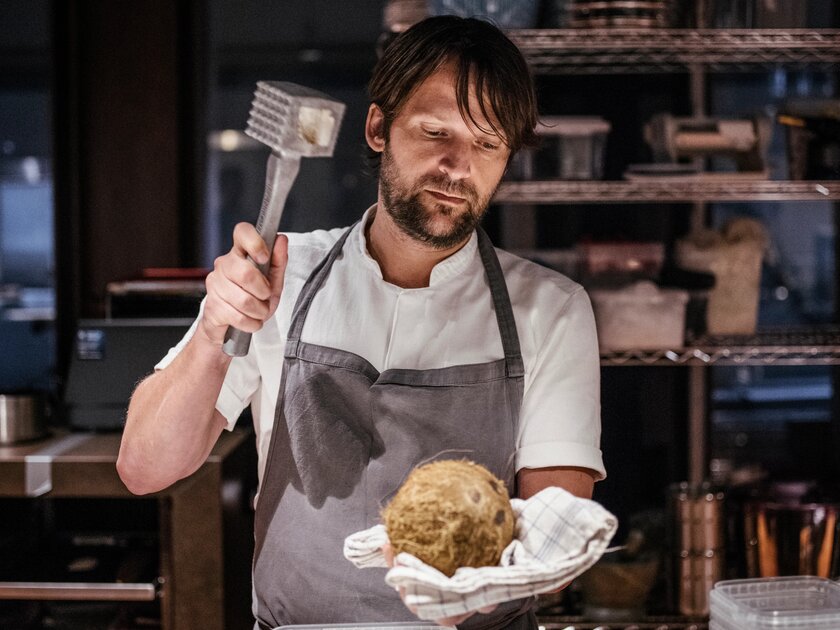
This restaurant is famous for growing its own food in its large on-site garden. Chef and founder René Redzepi is more concerned with quality than profit. His approach seems to confirm that this is an inevitable trend.
Or the famous European-style restaurant in Singapore Chef's table by Chef Stephan, founded by chef Stephan Zoisl, also follows the principle of "healthy green eating" with fresh ingredients every day. He wants his diners to eat diverse and unique dishes depending on the available food instead of choosing dishes according to a boring menu. The improvisation in the way of serving, which seems to be the "artistic blood" of the chef, turns out to be his way of appreciating food and avoiding food waste.
Not only limited to “self-sufficiency” or appreciating local food sources more, the sustainable trend is also shown through the way restaurants and eateries protect the environment by limiting non-biodegradable waste such as plastic products… or minimizing food waste.
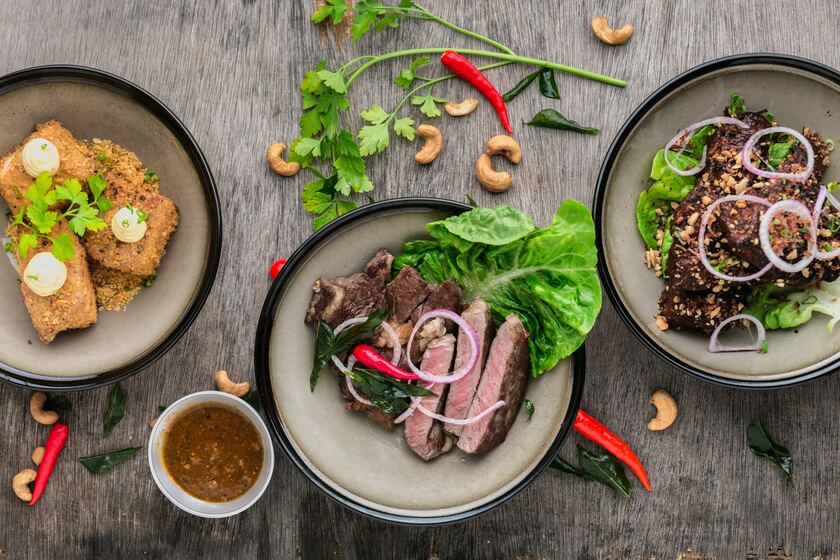
Diverse and unique dishes depending on the food
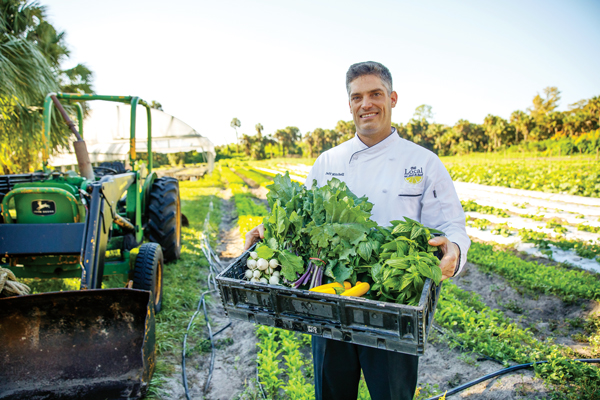
The spirit of self-cultivation to close the food service process is a strong trend.
In the process of food processing, chefs practice the spirit of sustainability by making the most of the roots, bark, leaves, bones… for their dishes instead of just taking the essence of the food. After using, they continue to compost the leftovers and fertilize their gardens.
In Vietnam, this trend is also spreading strongly. Many restaurants promote local products more, as well as avoid wasting precious food resources.
“From farm to table”
“Farm to table”, “farm to kitchen” - from farm to table, from farm to kitchen are all practical trends that contribute to this process. Moreover, this is also an extremely “fancy” trend that once again gives the food and beverage service industry the opportunity to embellish its restaurant marketing and promotion activities. Now, in addition to delicious food and a lot of food, diners like the feeling of nature and novelty and tend to want to experience many creative culinary models.

“Farm to table”, “farm to kitchen” - from farm to table, from farm to kitchen are all practical trends that contribute to this process.
Along with bringing fresh food from the farm to the table, the way to “take care” of the food is also what people are most interested in. Restaurants compete to have their own farms raising cows for milk to make cheese, butter… have their own gardens growing fresh vegetables, or have many cows raised to produce beef according to A5 standards with prestigious certifications and friendly images.
Besides positive contributions to the environment, sustainable practices also need proper orientation to avoid turning this trend into an aimless "fever" with excessive marketing tricks.
Through the sustainable culinary movement, we are gradually feeling the impact of climate change and the greenhouse effect that has deeply affected food resources. And with the first steps on the path of practicing sustainability in the culinary field, many restaurants and food lovers are protecting their own existence and development as well as the food service industry in general.





